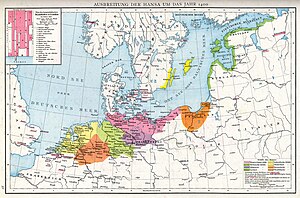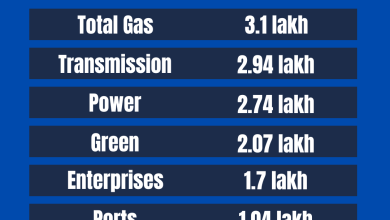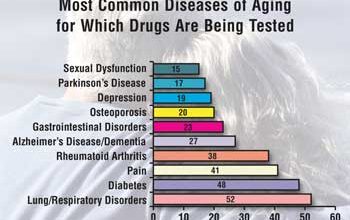Detailed Introduction to the Country of Hanseatic Republics: Explore History

The Hanseatic Republics were a group of powerful trading cities in Europe. They existed during the medieval period. These cities formed an alliance called the Hanseatic League. This league dominated trade in the Baltic Sea and North Sea.

Credit: whc.unesco.org

Credit: www.amazon.com
History of the Hanseatic Republics
The Hanseatic League began in the 12th century. It started with a few German cities. Over time, it grew to include cities from other countries. These countries included the Netherlands, Poland, and Scandinavia.
At its peak, the league had around 200 member cities. These cities worked together to protect their trade routes. They also set rules for trade and commerce.
| City | Country | Joining Year |
|---|---|---|
| Lübeck | Germany | 1159 |
| Hamburg | Germany | 1189 |
| Riga | Latvia | 1282 |
| Bergen | Norway | 1360 |
Economic Power of the Hanseatic League
The Hanseatic League controlled key trade routes in Europe. They traded goods like fish, grain, timber, and furs. They also traded luxury items like spices, silks, and wines.
The league had its own navy to protect its ships. They built warehouses and trading posts in many cities. These were called “Kontors.” The most famous Kontors were in London, Bruges, Bergen, and Novgorod.
Culture and Society
The Hanseatic cities had a unique culture. They were very wealthy and influential. The cities were known for their beautiful architecture. Many buildings from that time still exist today.
Education and literacy were important in these cities. They had schools and libraries. The people spoke many languages, including German, Dutch, and Latin.
Decline of the Hanseatic League
The Hanseatic League began to decline in the 16th century. This was due to several reasons. New trade routes were discovered, which bypassed the Baltic Sea. Also, national governments became stronger. They started to control trade themselves.
By the 17th century, the league was no longer powerful. However, its legacy lives on. Many of the cities are still important trade centers today.
Legacy of the Hanseatic League
The Hanseatic League has left a lasting impact on Europe. Many modern trade laws and practices come from the league. The cities that were part of the league are still very proud of their history.
Today, there is a new organization called the “New Hanseatic League.” It includes some of the old Hanseatic cities. They work together to promote trade and cultural exchange.
Famous Hanseatic Cities Today
- Lübeck: Known as the “Queen of the Hanseatic League.” Famous for its medieval architecture.
- Hamburg: Germany’s second-largest city. A major port and trade hub.
- Riga: The capital of Latvia. Known for its Art Nouveau buildings.
- Bergen: A beautiful city in Norway. Famous for its historic harbor.
Frequently Asked Questions
What Are Hanseatic Republics?
The Hanseatic Republics were medieval trading cities in Northern Europe, forming a commercial and defensive confederation.
Where Were The Hanseatic Republics Located?
They were primarily located along the North Sea and Baltic Sea coasts.
How Did Hanseatic Republics Trade?
They traded goods like timber, fish, and textiles across Europe, fostering economic growth.
Why Were Hanseatic Republics Important?
They played a crucial role in medieval European trade and economic development.
Conclusion
The Hanseatic Republics played a crucial role in medieval Europe. They were pioneers in trade and commerce. Their influence can still be seen today in many European cities. The legacy of the Hanseatic League lives on through modern trade practices and cultural heritage.
We hope you enjoyed learning about the Hanseatic Republics. They are a fascinating part of history. If you ever visit Europe, make sure to explore some of these historic cities.




